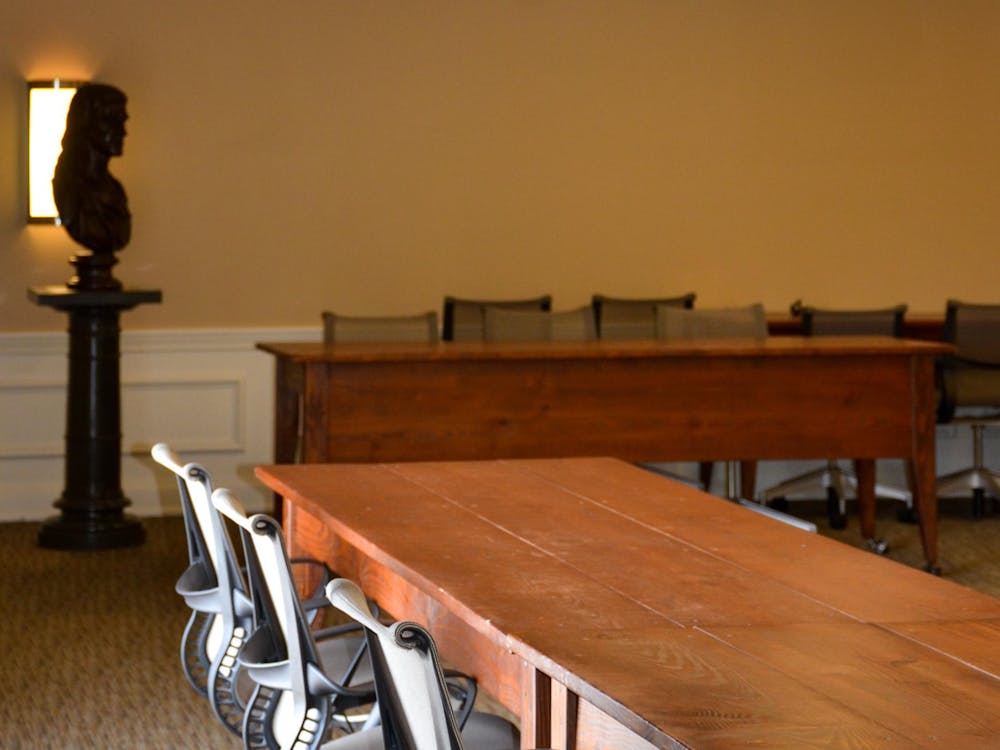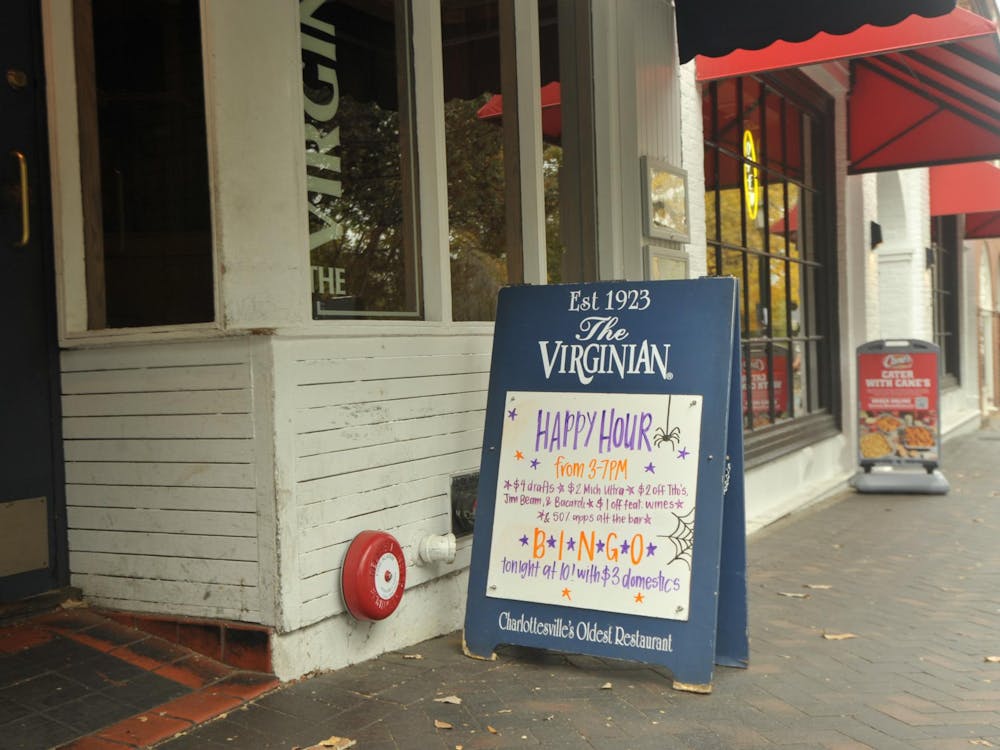Minority enrollment in American colleges has doubled over the past decade, according to a recent report from the American Council on Education.
Though the report has yet to be released to the public, The Chronicle of Higher Education reported yesterday that the overall number of African American, Native American, Latin American and Asian American students in higher education institutions in the United States has increased from two million in 1991 to 4.3 million in 2001.
Valerie Gregory, assistant dean and outreach director in the Office of Admission, said the number of minorities at the University has "definitely not doubled," but "keeps creeping up a little each year."
Attempting to increase minority enrollment, the Office of Admission has employed a personal approach to attract students to the University, Gregory said.
The personal approach is exemplified by the "reach out and touch method," she said. Current University students visit high schools and churches to speak with prospect students as part of the University's initiative to encourage minority enrollment.
The Office also supports open dialogue with minority students currently enrolled, Gregory said.
Carolyn Vallas, director of the Office of Minority Programs at the Engineering School, said there are specific community and national outreach programs taken up by various minority groups in the Engineering School that promote minority involvement in the applied sciences.
"Our student organizations are very active," Vallas said. "They reach out to such groups as the African-American youth in Charlottesville and the Hispanic population in Northern Virginia."
Whether or not targeted students enroll in the Engineering School, Vallas said her primary aim is to excite minorities to enroll in the University.
"If, at the very least, they come to U.Va., we've done our job," she said.
The American Council on Education reported that the Hispanic community showed a notable increase. Hispanic students had the largest increase -- 75 percent -- in enrollment from 1991 to 2001.
Data from the U.S. Department of Education and the Census Bureau was used in the Council's report.






